YouTube Channel Real Engineering gives us an in-depth look at the Starlink Satellites, their mission and technology on board. This is a summarized transcript of Real Engineering’s analysis.
On May 24th, 2019 SpaceX sent a Falcon9 rocket carrying 60 satellites into space, this was the official launch of Starlink which aims at serving internet to unserved and undeserved areas of earth. It will cost SpaceX billions of dollars to launch the panned 12,000 satellites over the next decade. People around the world saw these 60 satellites streaming across the night sky.
Elon Musk announced back in 2015 that SpaceX had begun working on the Starlink satellite because there is “A significant unmet demand for low-cost global broadband capabilities“.

SpaceX has a special facility in Washington in development and manufacture these satellites. The original plan was to push the prototype satellites into orbit in 2016 but SpaceX struggled to develop a low cost receiver. Ultimately they put the two test satellites (Tintin A & B) in Feb 2018.
With the original two test satellites and the recent 60, SpaceX is testing out core technology that will deployed as part of the 12,000 satellite network.
Krypton ION Thrusters
Instead of using Xenon (Xe) which is most common in ION drives, SpaceX is using Krypton (Kr) because Xenon being a much rarer resource. The Krypton ION thruster will be used to raise the Starlink satellites from their initial orbital height of 440 KM to it’s final orbital height of 550 KM. They ION drives will also be used to help the satellites to avoid collisions, and de-orbit safely at the end of their life. SpaceX states that 95% of the satellites materials will burn up on re-entry leaving a very low risk factor to the earths surface.
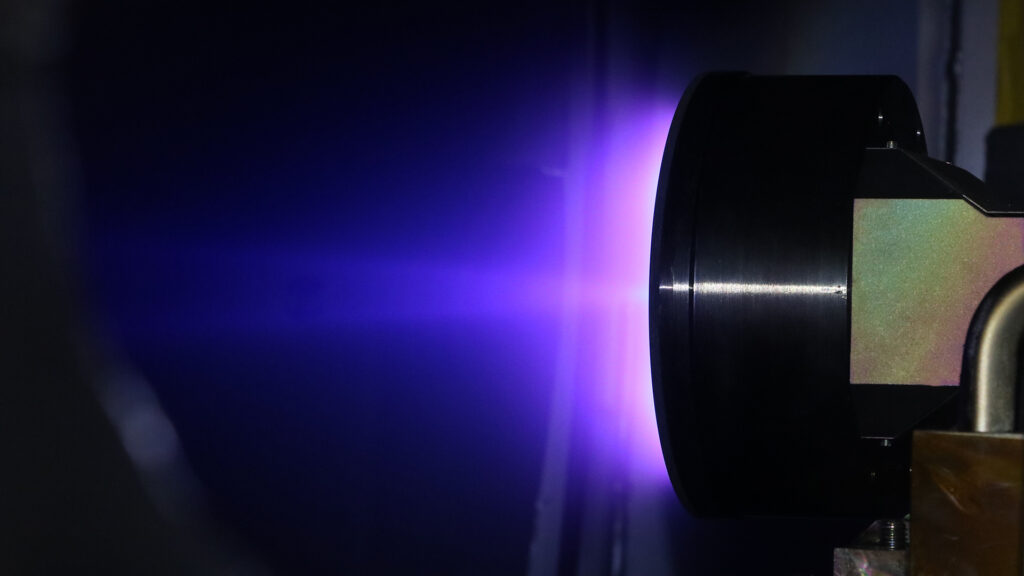
Space Lasers
Each Satellite will contain five 1.5 KG silicon carbide components which tells us that each satellite will contain 5 individual lasers. These lasers will use light pulses to transmit information between satellites. Space lasers have an advantage over the ground based fiber optic transmission lines. Light in a vacuum travels 47% faster than light traveling through glass, this gives SpaceX a huge advantage over fiber that will likely be its biggest money maker – Starlink will be able to provide lower latency information over long distances.
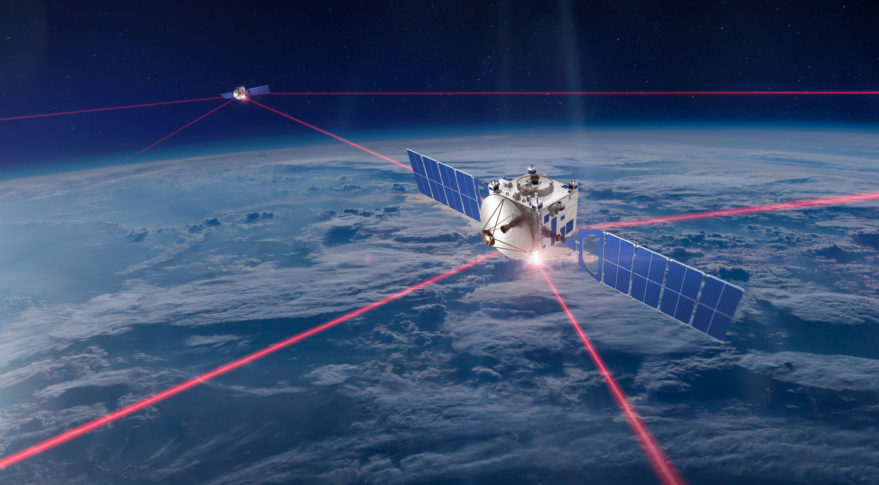
Intra-satellite Communication
Communication between satellites in the starlink constellation will involve the conversions of the electrical data signals to light waves as data traverses the network on route to its final destination. Communications between satellites in the same orbital plane will be somewhat simple because these satellites will remain in relatively stable positions in relation to each other. In many cases data will have to transfer across orbital planes, and this is very tricky.
The Value of Low Latency Internet
We estimate that Starlink will be able to send data from New York to London in 43 ms, versus 55ms via optical fiber and an average of 76 ms for the average Joe. At it’s theoretical albeit non existent max speed, optical fiber is 28% slower than what is expected from Starlink, and for financial services companies this is a huge deal for the millions of dollars being moved every fraction of second having a lower latency gives a competitive advantage to capitalize on market price swings.
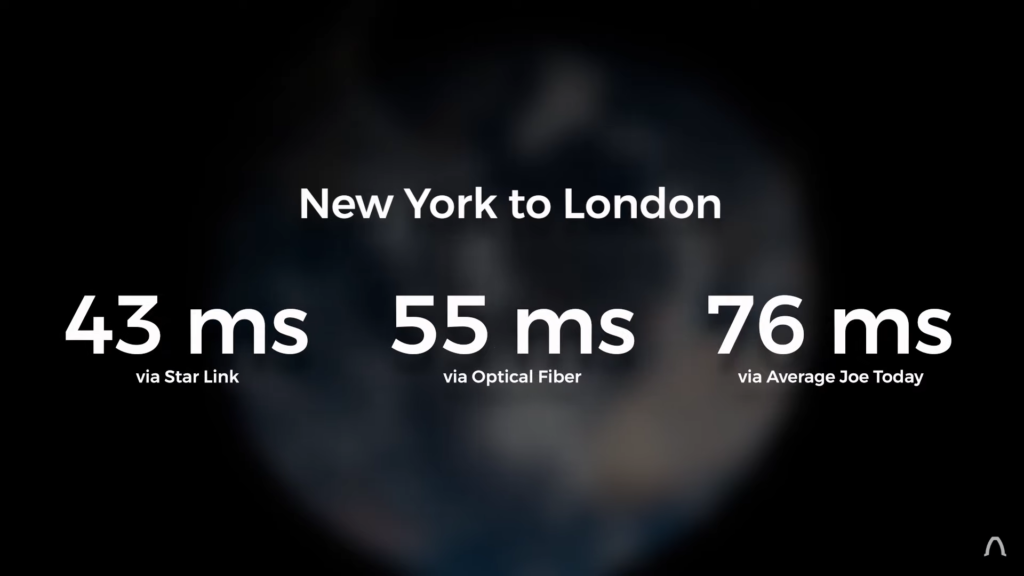
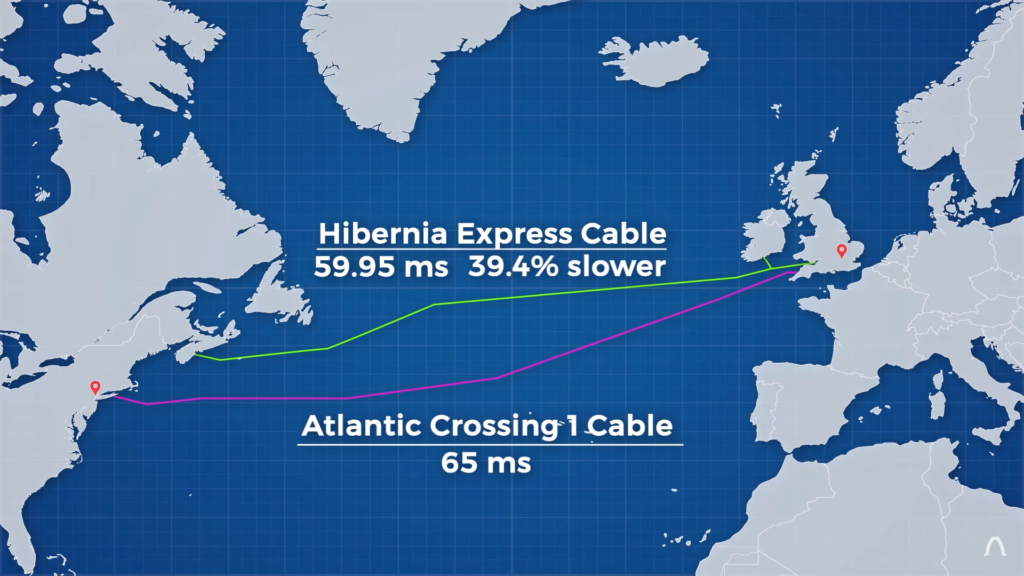
The previous record holder for the lowest latency fiber optic cable across the Atlantic was the Atlantis Cross 1 Cable which delivered data with a 65ms delay. At a cost of over 300 million dollars the Hibernia Express Cable was built bringing the latency time down to 59.95 seconds across the Atlantic. If a 5 millisecond savings was worth a 300 million dollar investment then the expected 17MS increase in speed is expected to be worth billions.
The Starlink Terminal
Although it will serve financial services institutions, Starlink is marketed as a solution to connect the entire planet to the internet. Consumers will connect to Starlink via a pizza box sided terminal that will cost $200 each. This is outside of the purchasing power of many parts of the planet, but this is a start and it is much cheaper than other satellite internet receivers which cost $30,000.
Massive Infrastructure Savings
It is estimated that the cost to move the U.S. from a 4g network to a 5g network will cost $150,000,000,000 (150 Billion Dollars) in fiber optic cabling alone – this is in contrast to the entire Starlink project which SpaceX plans to complete for under 10 Billions. Each Starlink only cost $300,000 which is a massive reduction in cost for communication satellites and they are putting them in space using their own Falcon 9 Rockets, something no other satellite manufacture has.
From Starlink to Mars:
Starlink is estimated to generate between 30 and 50 billions dollars in revenue for SpaceX each year from premium stock exchange memberships. This is vital to Elon Musk’s long term goal which can be purposed to research and develop more advanced rockets to take humans to mars.
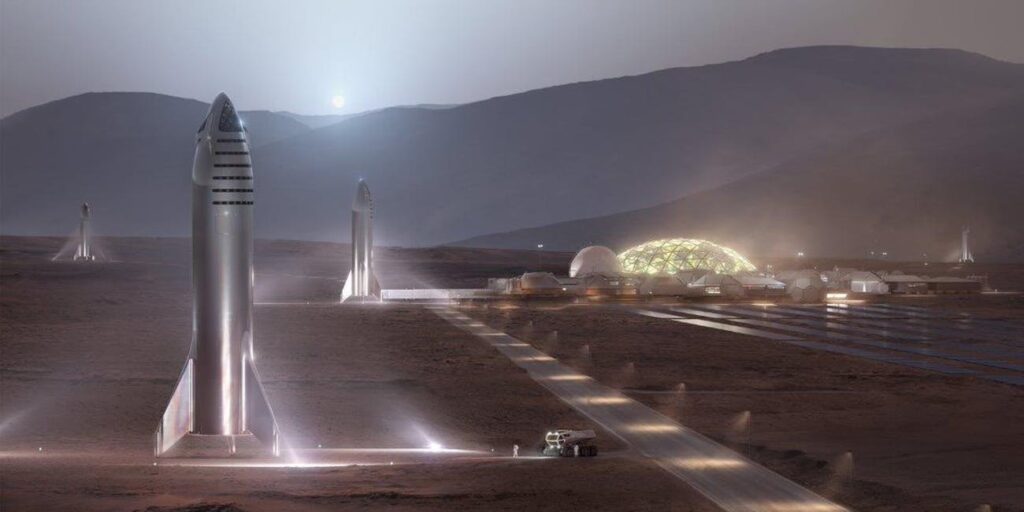
Starlink, SpaceX & the Future of Global Education
There are remarkable and intelligent children around the world who do not have access to education. Wildly available internet will help give everyone access to education, such as platforms like Brilliant who have created a huge number of self driven educational courses geared on teaching math, science and engineering. To learn more go to Billiant.org/RealEngineering to sign up for free.
If you don’t already subscribe to real engineering we encourage you to check out their channel here.


Great article! Vestibulum aliquet pellentesque commodo. Aenean lacinia varius metus sed mattis. Etiam iaculis purus vitae nibh fermentum imperdiet. Donec sed nisi facilisis, vulputate nibh vitae, semper mauris. Donec sit amet rhoncus nulla. Maecenas imperdiet elit orci, eu fringilla est semper ut.